Toyota Safety Sense
What is Toyota Safety Sense?
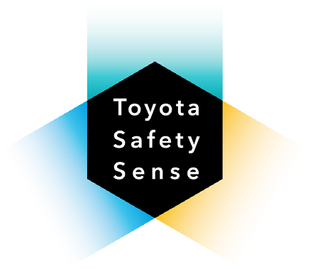
Our suite of active vehicle safety features
Toyota Safety Sense™, or TSS, stands as a testament to Toyota's commitment to safety on the road. The latest iteration, Toyota Safety Sense™ 3.0 (TSS 3.0), boasts several enhancements over its predecessor, including an upgraded forward-facing camera with higher resolution and wider angles, as well as an improved radar sensor offering a longer and wider field of view. These updates bolster the features of TSS 3.0, ensuring a safer driving experience. Furthermore, this advanced safety suite now offers over-the-air (OTA) software updates for TSS 3.0 systems in select vehicles. This feature enables future improvements and functionalities without the need for a dealership visit, providing convenience and peace of mind to drivers.
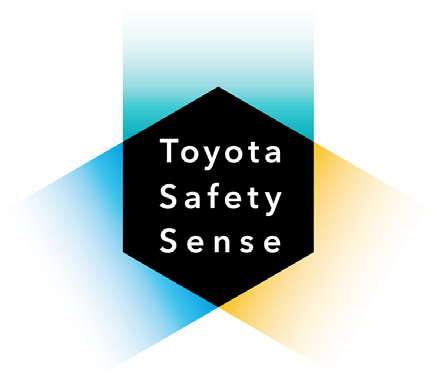
Pre-Collision System
The Pre-Collision System [2] uses a forward-facing radar and camera designed to scan the road ahead to help you avoid a potential frontal collision in certain situations. When a potential collision is detected, you are alerted with audible and visual warnings on the dash, and brake assistance is automatically activated. If you do not apply the brakes, and the system determines the collision is unavoidable, the brakes are automatically engaged in some conditions.
Watch Video
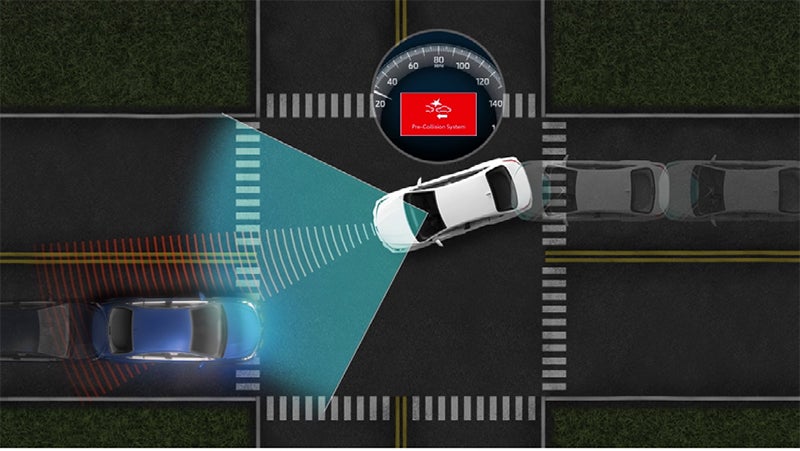
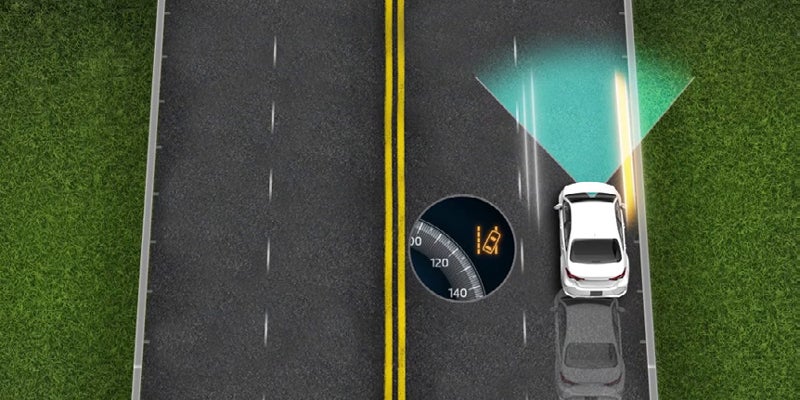
Lane Departure Alert
Lane Departure Alert [3] helps you stay in your lane. Using a specialized camera, the system is designed to detect visible painted lane markings on the road and alert you if you inadvertently out of your lane. The system will alert you with an audible beeping sound and an indicator light on the instrument panel will flash so that you can then take corrective action.
Watch Video
Lane Departure Alert with Steering Assist
The Lane Departure Alert [3] helps you stay in your lane. Using a specialized camera, the system is designed to detect visible painted lane markings on the road and alert you if you inadvertently out of your lane. The system will alert you with an audible beeping sound and indicator light on the instrument panel will flash so that you can then take corrective action. The Lane Departure Alert with Steering Assist system [4] brings added functionality. Should the system determine that the driver is not taking corrective steering action, the Steering Assist function will initiate and provide gentle corrective steering when necessary to help keep the vehicle in the lane.
Watch Video
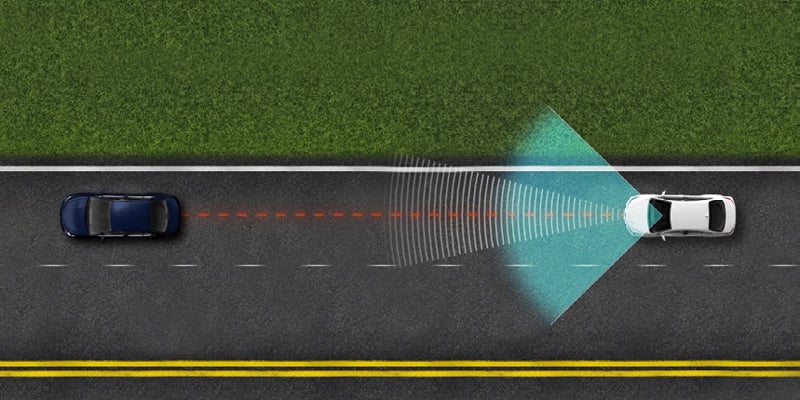
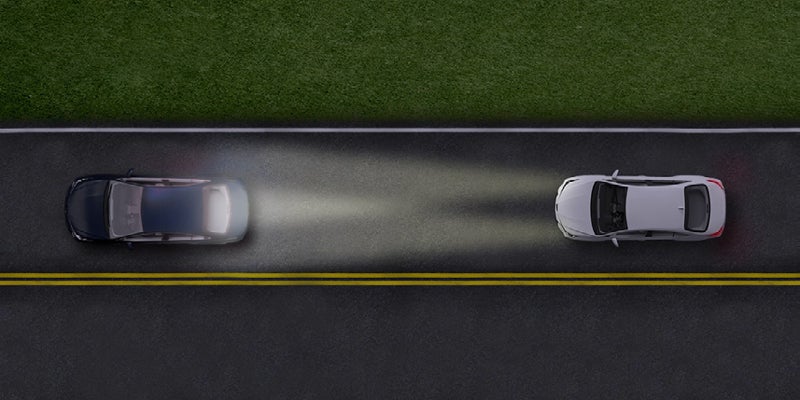
Automatic High Beams
Automatic High Beams (AHB) are a safety feature available on many Toyota vehicles. They work by using a camera mounted near the rearview mirror to detect the headlights of oncoming vehicles and the taillights of vehicles ahead. When the system detects a vehicle within a certain range, it automatically switches the headlights between high and low beams, providing maximum visibility without blinding other drivers.
Watch Video
Pre-Collision System With Pedestrian Detection
The Pre-Collision System with Pedestrian Detection is a safety feature that helps enhance road safety by detecting pedestrians under specific conditions. By utilizing radar and a camera designed to recognize shapes, the system can alert you with an audible warning and display notification if it detects a potential collision with a pedestrian. If you fail to respond, the system can automatically apply braking and provide collision-avoidance support to help prevent a collision under certain conditions.
Watch Video

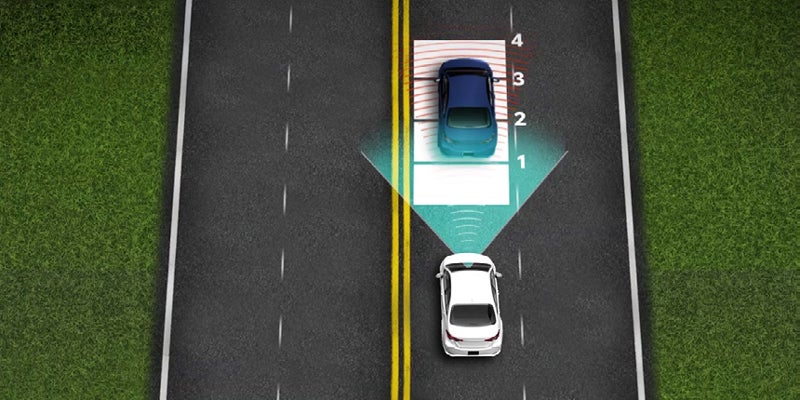
Dynamic Radar Cruise Control
Dynamic Radar Cruise Control works like conventional cruise control, and is designed to function at speeds from approximately 25 to 110 mph. Using a forward-facing radar and a camera, the system is designed to detect the distance of a vehicle directly ahead of you, and under certain conditions, will adjust your speed accordingly.
Watch Video
Full-Speed Range Dynamic Radar Cruise Control
Full-Speed Range Dynamic Radar Cruise Control [8] works like conventional cruise control, but can function at approximately 0 to 110 mph. Using a forward-facing radar and a camera, the system is designed to detect the distance of a vehicle directly ahead of you, and under certain conditions, adjust your speed accordingly. In traffic, it can help maintain one of three preset following distances, then accelerate back to your original cruising speed when the road clears.
Watch Video

(1) Drivers should always be responsible for their own safe driving. Please always pay attention to your surroundings and drive safely. Depending on the conditions of roads, vehicles, and weather, etc., the system(s) may not work as intended. See Owner's Manual for details.
(2) The TSS Pre-Collision System is designed to help avoid or reduce the crash speed and damage in certain frontal collisions only. It is not a substitute for safe and attentive driving. System effectiveness depends on many factors, such as speed, driver input and road conditions. See your Owner's Manual for further information.
(3) The Pedestrian Detection System is designed to detect a pedestrian ahead of the vehicle, determine if impact is imminent and help reduce impact speed. It is not a substitute for safe and attentive driving. System effectiveness depends on many factors, such as speed, size and position of pedestrians, driver input and weather, light and road conditions. See Owner's Manual for details.
(4) Lane Departure Alert with Steering Assist is designed to read lane markers under certain conditions. It provides a visual and audible alert and slight steering force when lane departure is detected. It is not a collision-avoidance system or a substitute for safe and attentive driving. Effectiveness depends on many factors. See Owner's Manual for details.
(5) Dynamic Radar Cruise Control is designed to assist the driver and is not a substitute for safe and attentive driving practices. See your Owner's Manual for details.
(6) Brake Assist is designed to help the driver take full advantage of the benefits of ABS. It is not a substitute for safe driving practices. Braking effectiveness also depends on proper brake-system maintenance, tire and road condition.
(7) Results achieved during testing using a vehicle traveling at 19 mph and a stationary vehicle/pedestrian; system operation depends on driving environment (including road and weather) and vehicle circumstances.
(8) Automatic high beams system operates at speeds above 25 mph. Situations such as a dirty windshield, variable weather, lighting conditions and hilly terrain will limit effectiveness, requiring the driver to manually turn off. See Owner's Manual for details.
(9) Lane Departure Alert is designed to read lane markers under certain conditions, and provide visual and audible alerts when lane departure is detected. It is not a collision-avoidance system or a substitute for safe and attentive driving. Effectiveness depends on many factors. See Owner's Manual for details.
(10) Results achieved during testing using a vehicle traveling at 25 mph and a stationary vehicle; system operation depends on driving environment (including road and weather) and vehicle circumstances.


